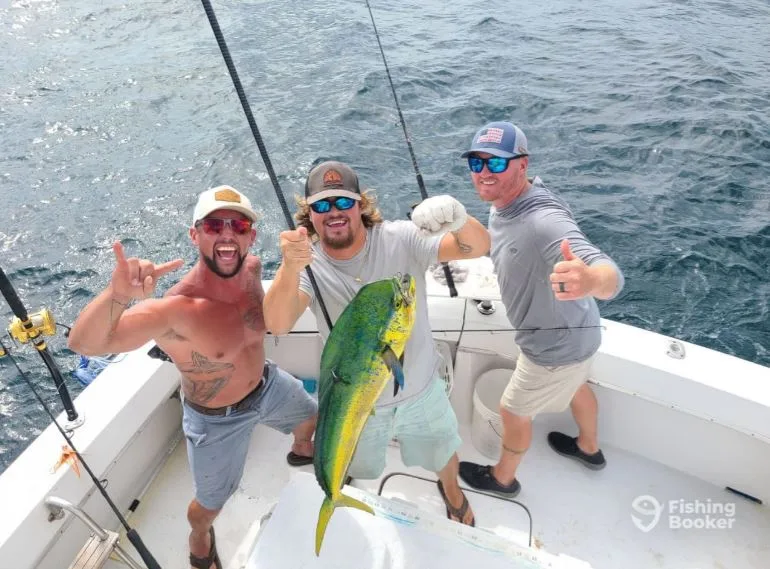Key Factors to Consider When Choosing a Fishing and Rental Service Provider
If you work in oil and gas operations, picking the right fishing and rental service provider can make or break your project. When you’re stuck on downhole tools, or when your operation needs rental equipment like power swivels or pulling units, you don’t just want any vendor — you want a partner who delivers reliability, safety, and real expertise. Here are the most important factors to keep in mind when evaluating providers.
1. Depth and Quality of Inventory
First, check what kinds of tools and equipment the fishing and rental service provider offers. For fishing operations, you’ll want access to overshots, spears, cutters, reamers, and mills. For rentals, make sure they can supply swivels, BOPs, pulling units, and any other gear you’ll need for your specific job.
Broad inventory means you can address most downhole challenges without delay. But it’s not just about having a lot of stock — it’s about having well-maintained, high-quality gear. Ask for maintenance logs or inspection records so you know their tools are up to the task.
2. Equipment Reliability and Maintenance
You don’t want to waste time dealing with equipment failure in the middle of a job. A good provider will conduct frequent and thorough inspections, and they’ll have a preventive maintenance program in place.
Make sure they can show you service history and proof that their gear is certified or certified at the right intervals. Reliable, well-kept tools reduce downtime and increase your chances of a smooth operation.
3. Safety Standards and Certifications
Safety must come first. Check that the company follows industry standards — like API‑certified tools — and ask about third-party inspections.
It’s also wise to confirm that their operators or supervisors are trained and experienced in fishing operations. The human factor matters a lot here. According to OSHA, upstream oil and gas operations have high risk of injury, which makes working with a provider who prioritizes safety non-negotiable.
4. Support Services and Operator Expertise
Some rental companies just deliver gear. Others offer more — they send trained personnel and supervisors who understand fishing, milling, or pulling work.
If your team doesn’t have deep experience, partnering with a provider who can send an operator or supervisor could save you time and reduce risk. That kind of support also means fast reaction to on‑site problems.
5. Reputation and Track Record
Look into the provider’s track record in oilfield services. Do they specialize in your region (for example, the Permian Basin)? Do they have good customer testimonials or long-term relationships with operators?
Also pay attention to how long they’ve been in business and how they responded when things got tough (equipment failures, emergency fishing jobs, etc.). Real-world experience means they’ve probably handled the kind of challenges you might face.
6. Availability and Logistics
It doesn’t help much if a provider has all the right gear but can’t deliver it when you need it. Confirm that they have enough inventory on hand and that they can move equipment quickly to your site.
Ask about their delivery and pickup processes, who handles transport costs, and how they manage scheduling. Delays in logistics can be very expensive when you’re dealing with oilfield operations.
7. Flexible Rental Terms
Your job’s duration might change. Maybe you only need gear for a few days, or perhaps for several weeks. A rental provider who offers flexible terms — short-term or long-term — can help you avoid overpaying or being stuck with unused equipment.
Also, check if the rental agreement covers maintenance or replacements. Good providers will explain clearly what’s covered and what’s not.
8. Transparent Pricing
Make sure you understand exactly what you’re paying for. Rental costs should include not just the gear, but also delivery, operator (if relevant), maintenance, and any potential penalties for damage or late return.
A trustworthy provider will break down the pricing so there are no surprises. Ask for a detailed quote and make sure you compare providers on a like-for-like basis.
9. Insurance and Liability
Equipment rental comes with risk. Confirm what happens if something breaks, or if there’s an accident. Does the provider carry insurance for their gear? Do they require you to have coverage, too?
If insurance is not included, you might need to arrange your own. Either way, understanding liability clearly ahead of time helps you manage risk better.
10. Responsiveness and Customer Service
Finally, pick a provider who is easy to reach and ready to react. When things go wrong on a wellsite, you need a team that responds quickly — not someone who disappears after drop-off.
Evaluate their customer support setup: Do they offer 24/7 support? Do they have a technician on call? How do they handle emergency calls? Good service can keep your operation moving under pressure
One strong example of a dependable provider is S&S Fishing + Rental, Inc., based in Andrews and Knox City, Texas. They serve the entire Permian Basin and offer a broad inventory that includes downhole fishing and milling tools, power swivels, reverse units, pulling units, casing jacks, and blowout preventers.Founded in 2011, their team brings over 100 years of combined experience.
Conclusion
Choosing the right fishing and rental service provider isn’t just about finding someone who owns the tools you need — it’s about trusting a partner who is reliable, safe, and deeply experienced. By checking inventory quality, safety practices, operator expertise, pricing transparency, and responsiveness, you give your operation the best possible chance to stay on schedule and avoid costly downtime.





